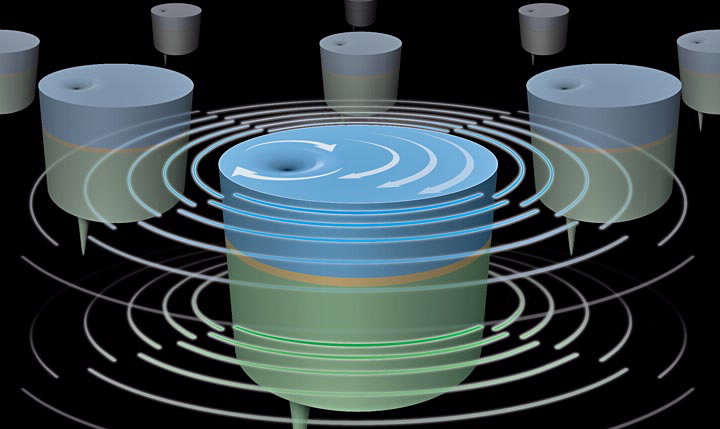It’s a magnetic moment that has nothing to do with your heart. ANSTO scientists at the Bragg Institute and researchers from the University of NSW have used the time-of-flight neutron reflectometer Platypus to gain a better understanding of the functionality of metal oxide thin film semiconductors.
 |
| Photo credit: Brookhaven National Laboratory |
Electronic devices use thin film semiconductors in spintronic technology, such as high-speed, high-density robust memory devices with no moving parts.
As the structures rely on the coupling between electrons only a few atomic layers from the magnetic interface, standard experimental techniques do not provide sufficient information to explain the physical properties of thin films.
Polarised neutron reflectometry has been combined with X-ray resonant magnetic reflectometry to achieve resolutions on structures smaller than a nanometre.
Their research was published in the Physical Review in 2014 as a Rapid Communication.
Published: 13/02/2015


